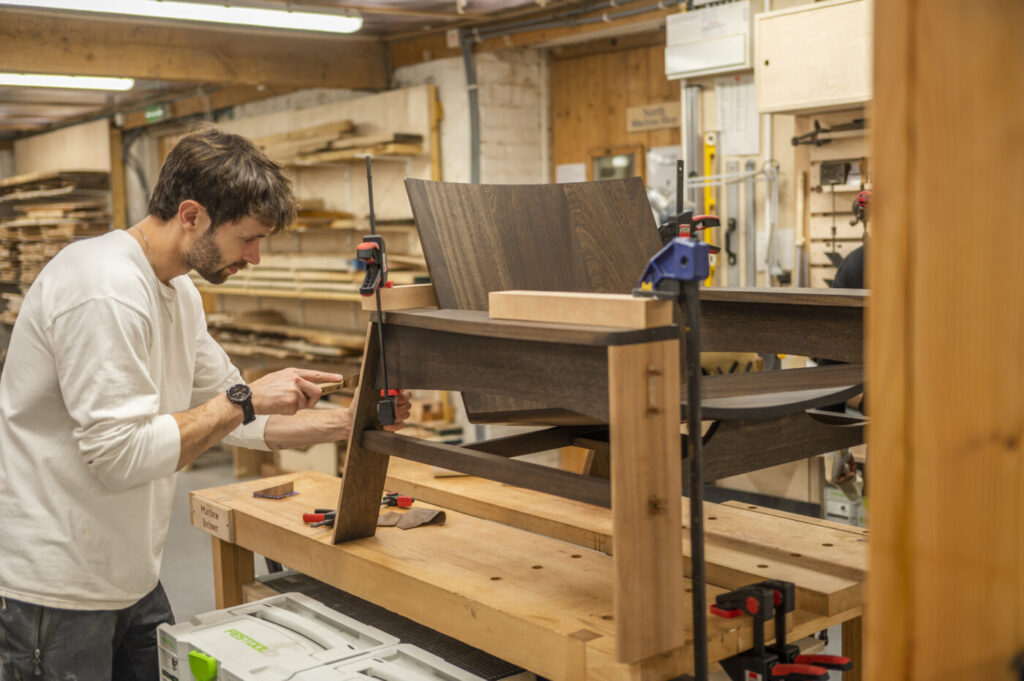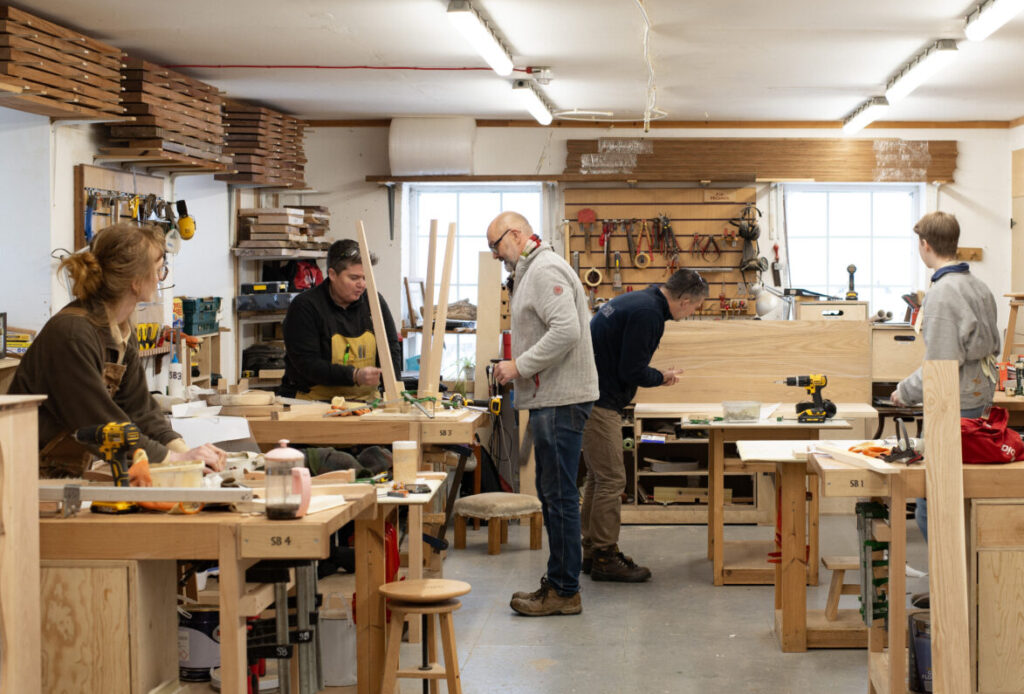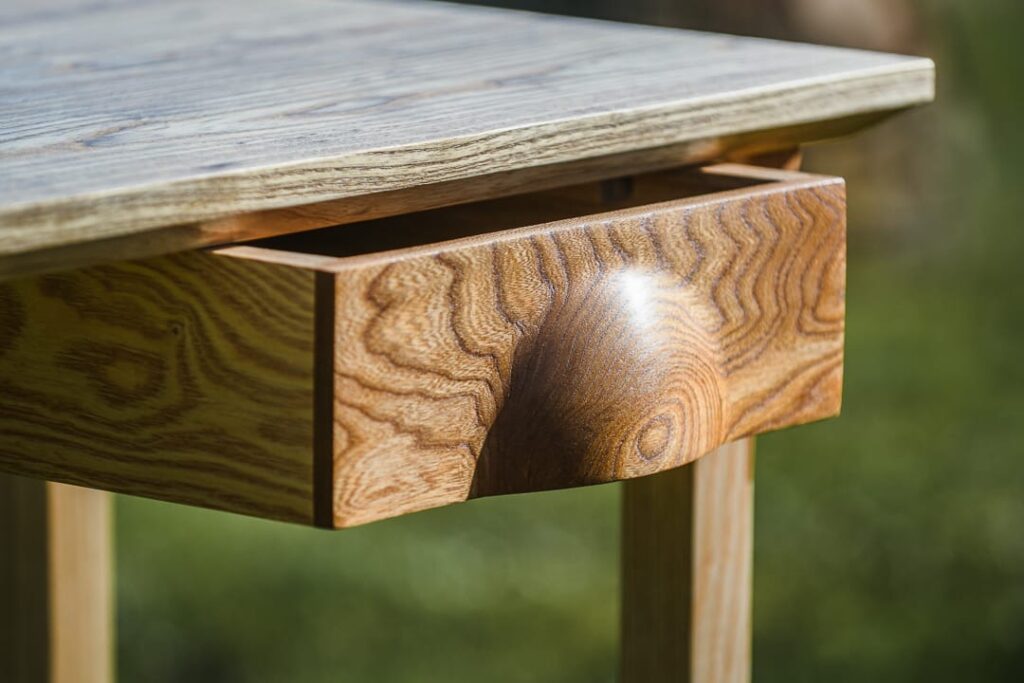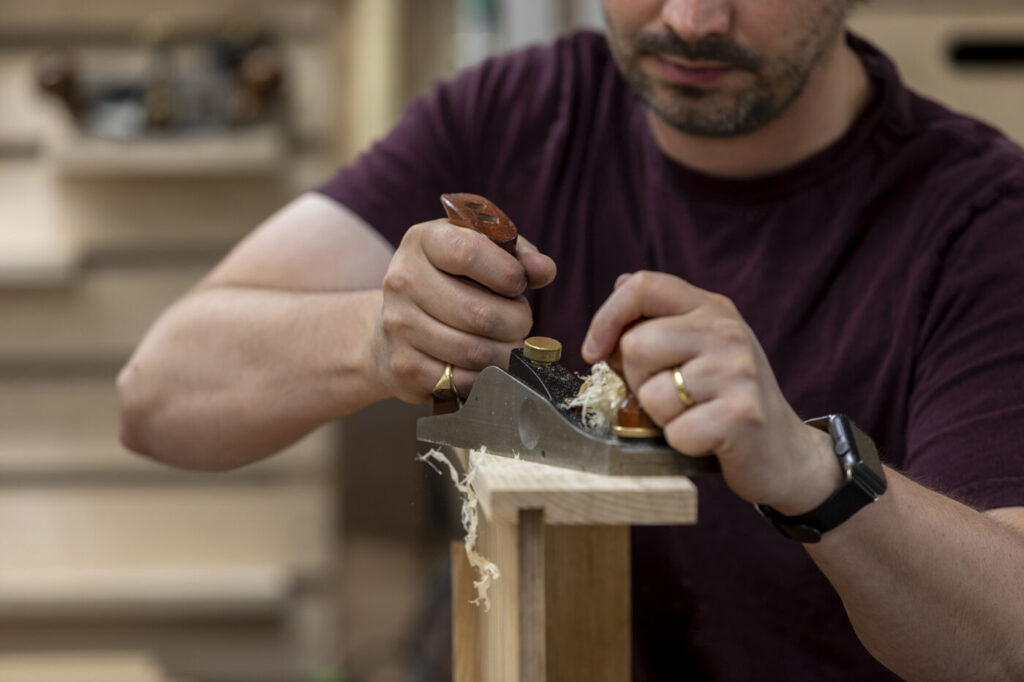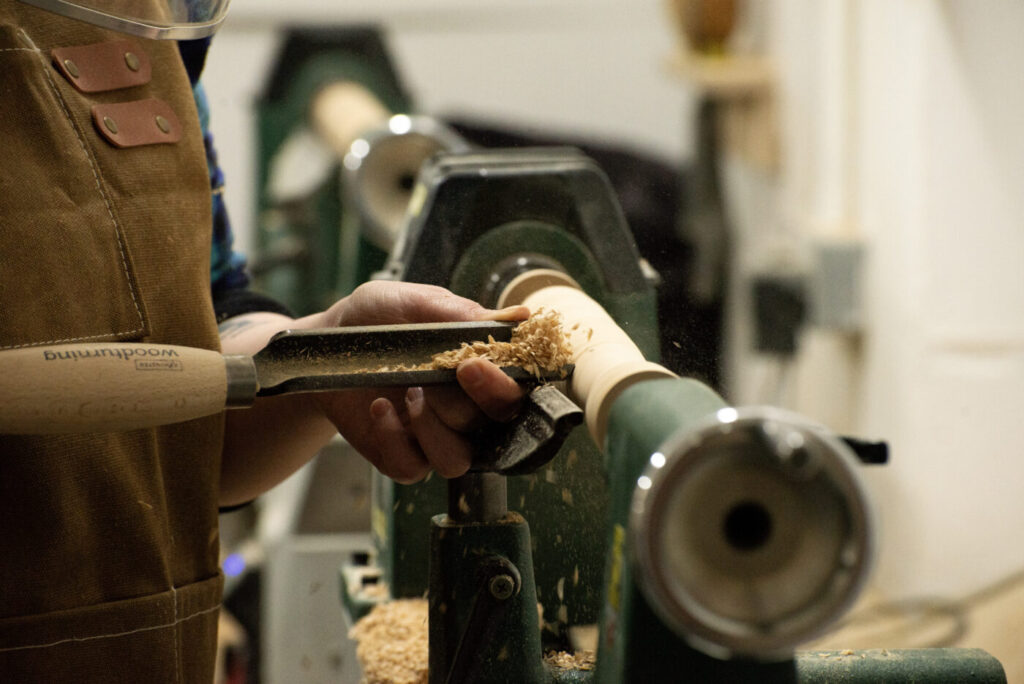OUR COURSES
Furniture Making Courses
Find Out More About Our Courses
30 WEEK COURSE
Our professional course is ideal for those looking to pursue a career in fine furniture design and making. With 30 students, starting each year in October, taught by an in-house team of tutors and a range of visiting experts.
10 WEEK COURSE
This intermediate course is the right choice for those looking to advance their existing skillset. With a syllabus that consists of a series of set projects, each packed with learning outcomes, the course is intensive and intimate with only 8 students to 3 tutors.
4 WEEK COURSE
This course is for those who wish to come and design and make a piece of furniture. With a maximum of 4 students, these courses are popular with hobbyists and fill up fast. The complexity of the design will be dictated by the individual student’s level of experience.
1 WEEK COURSE
Ideal for beginners, the introductory course covers a wide range of woodworking fundamentals. This is great way to get a taste of the teaching environment at Chippendale and is a popular choice for those interested in the 30-week professional course. Other 1-week courses include wood bending techniques, upholstery and restoration.
ARRANGE A VISIT
If you are looking to pursue a career in woodworking, get in touch to arrange a visit or a virtual call with the Principal.

